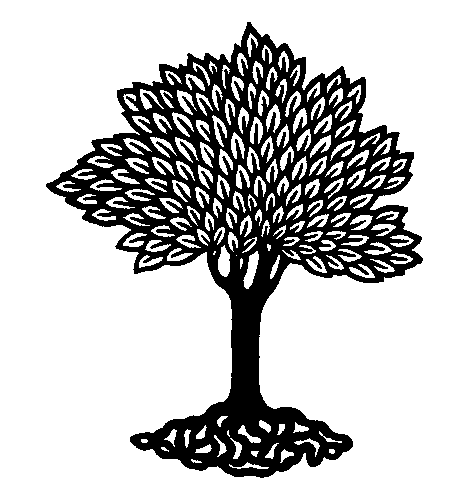
 |
Plant Taxonomy (BIOL308) - Stephen G. Saupe, Ph.D.; Biology Department, College of St. Benedict/St. John's University, Collegeville, MN 56321; ssaupe@csbsju.edu; http://www.employees.csbsju.edu/ssaupe/ |
Minnesota Gymnosperms: Lab Study
Four families of gymnosperms occur in Minnesota. These are: (a) Gingkoaceae - the Ginkgo Family (Ginkgoales); (c) Taxaceae - the Yew Family (Taxales); (c) Pinaceae - the Pine Family (Pinales); and (d) Cupressaceae (including the Taxodiaceae) - the Cypress Family (Pinales).
I. Fascicles. The needles of pines occur in bundles called fascicles. Record the number of needles per fascicle for each of the following:
| Pinus banksiana (Jack pine) | Pinus resinosa (Norway or red pine) | ||
| Pinus mugo (Mugho pine) | Pinus strobus (White pine) | ||
| Pinus nigra (Austrian pine) | Pinus sylvestris (Scotch pine) | ||
| Pinus ponderosa (Ponderosa pine) |
II. Leaf Types in Pine. Pines have two types of leaves. The larger, familiar acicular (needle-like) leaves that occur in fascicles is one type. The other type is smaller and scale-like and found directly on the stem. Sketch the two types of leaves from a shoot of Pinus strobus.
III. Shoots - Conifers have two types of shoots, short and long. In pines, the long shoot is obvious, but the short shoot is very reduced. In conifers such as gingko (Ginkgo biloba) and tamarack (Larix sp) the short shoot is obvious. Examine and sketch the short and long shoots of the species available.
IV. Deciduous Gymnosperms – Although most are evergreen, some gymnosperms such as ginkgo and tamarack are both deciduous. Obtain and sketch a winter twig of both ginkgo and tamarack. Label long and spur (short) shoots. Using herbarium mounts of the plants, sketch a leaf/branch. Describe the shape of the leaf. For ginkgo, especially note the venation pattern. Can you identify ginkgo and tamarack in winter and summer condition (i.e., with and without leaves)?
V. Gymnosperms – Family Comparisons
| Comparison Table of Families of Minnesota Gymnosperms | ||||
|
Character |
Cupressaceae | Ginkgoaceae | Pinaceae | Taxaceae |
| Habit (deciduous or evergreen) | ||||
| Leaf Shape (scale, needle, fan) | ||||
| Leaf arrangement (alternate, opposite, whorled, fascicled) | ||||
| "Fruit" type (woody cone, berry-like, aril) | ||||
| Common MN genera | ||||
VI. Gymnosperms – Genus Comparisons of Minnesota Pines
| Comparison Table for Genera of MN Pinaceae | ||||||
| Character | Abies | Larix | Picea | Pinus | Pseudotsuga | Tsuga |
| Habit (evergreen, deciduous) | ||||||
| Leaf arr. (alternate, opposite, whorled, fascicled) | ||||||
| Leaf shape (flat, 4-angled) | ||||||
| Leaf attachment (petiolate, sessile) | ||||||
| Leaf scars (woody peg, large round pit, small round raised) | ||||||
| Cone position (terminal, sub-terminal) | ||||||
| Cone orientation (pendant, upright) | ||||||
| Cone persistence (disintegrate, persistent) | ||||||
| Cone type (woody, berry-like) | ||||||
| Common MN species | ||||||
| Other unique features | ||||||
VII. Identification of Common Evergreen Gymnosperms
Using your key to identify the conifers provided in the lab.
| 1 | |
| 2 | |
| 3 | |
| 4 | |
| 5 |
|
| Top | Plant Tax. Home | SGS Home | Disclaimer | |
Last updated:
08/20/2007 / � Copyright by SG
Saupe